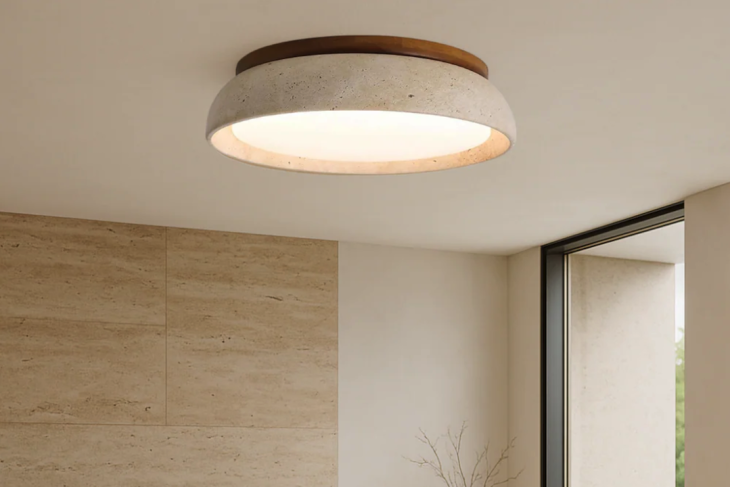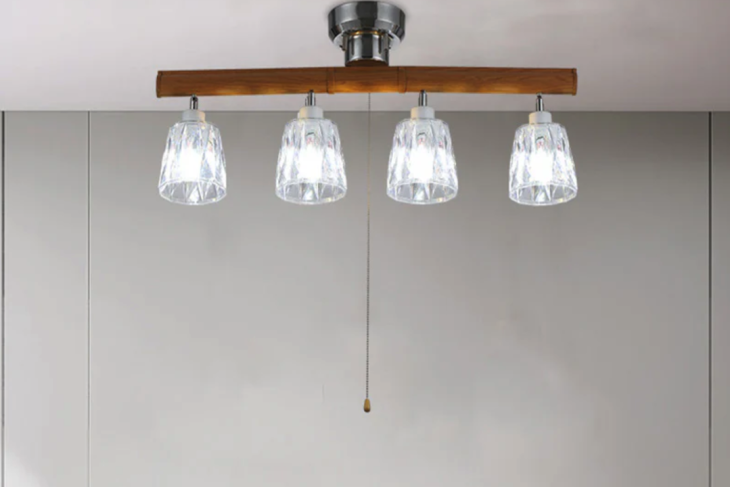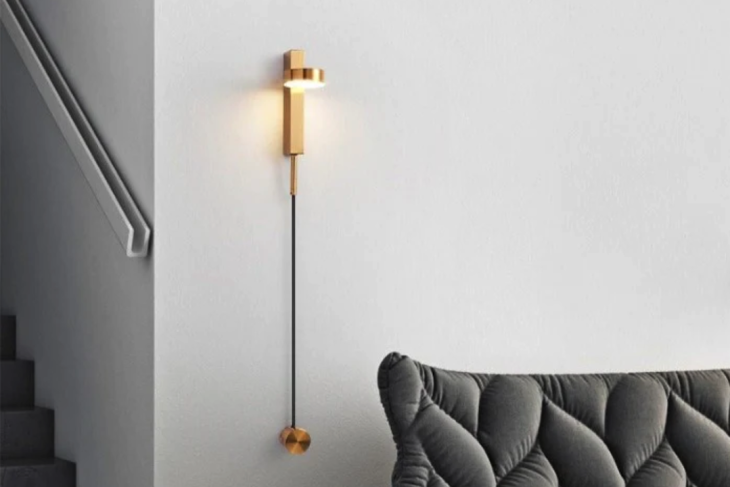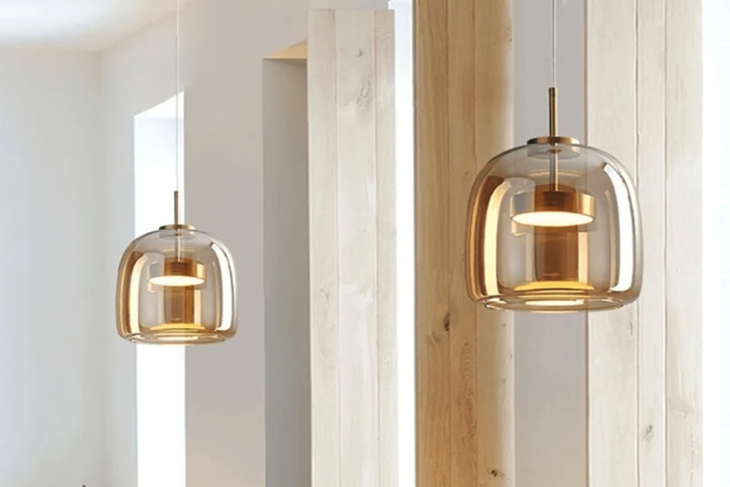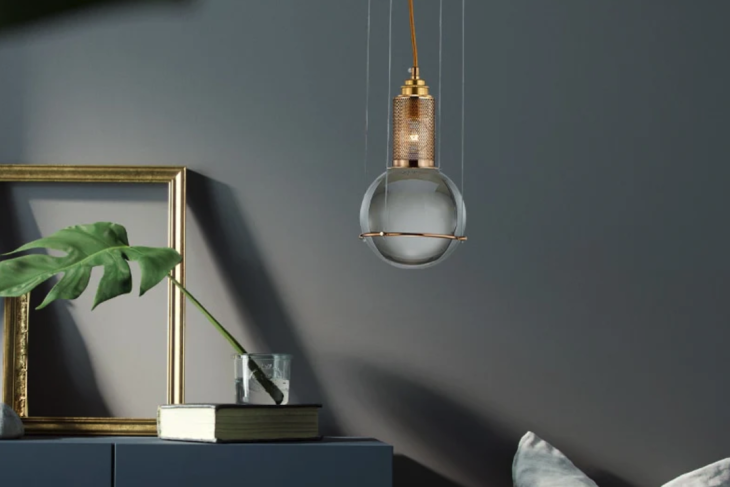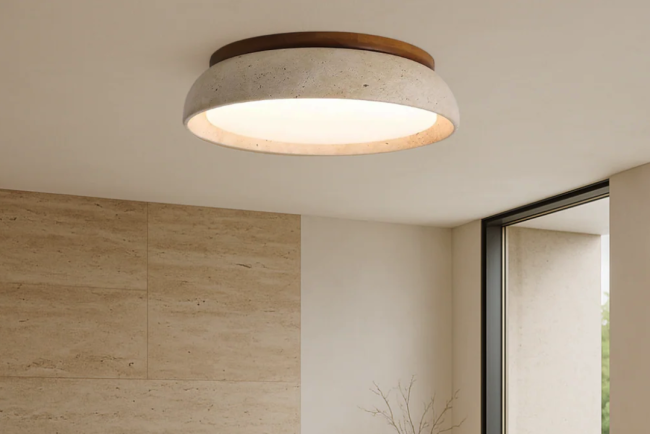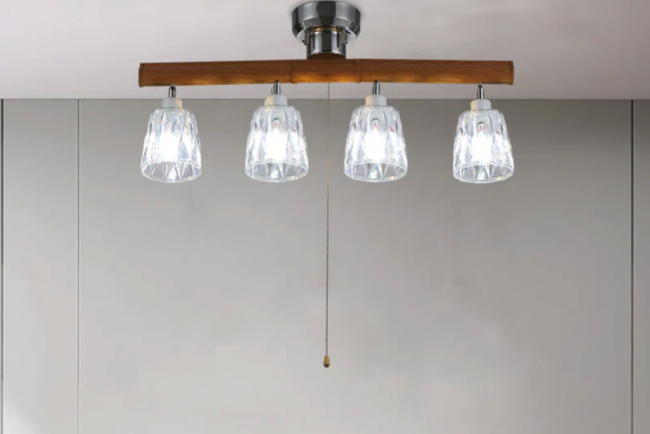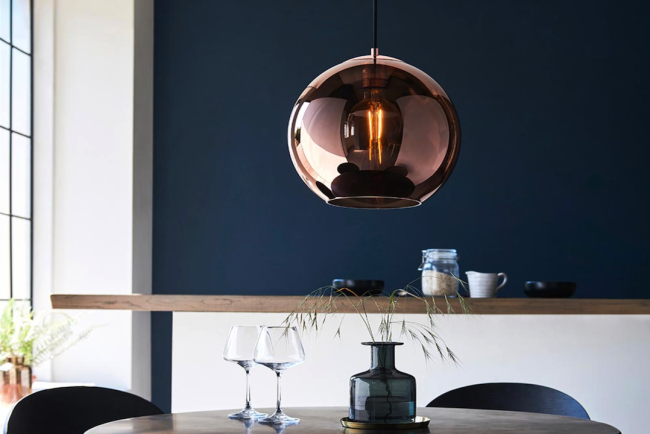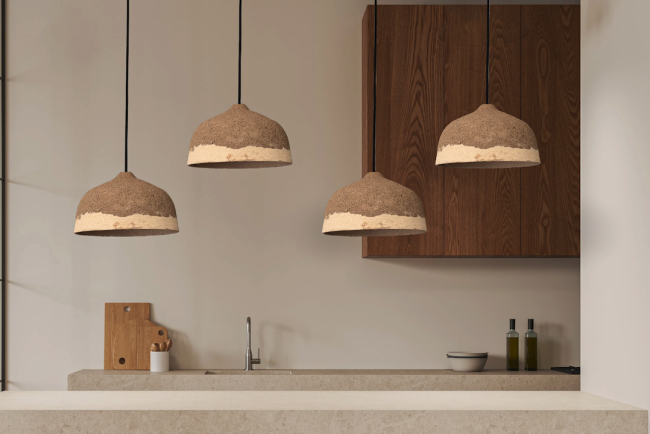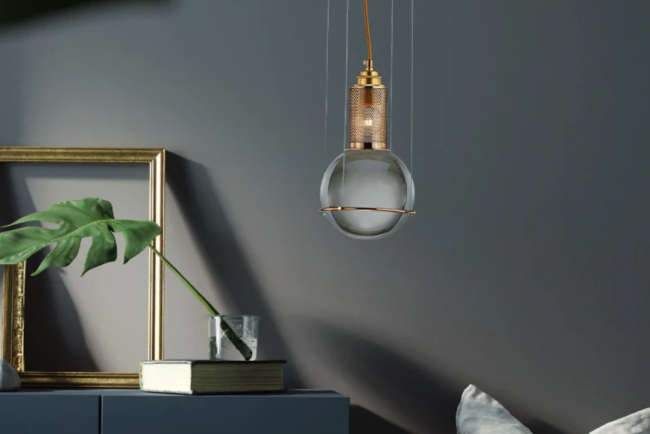
The French chestnut chandelier is a stunning embodiment of elegance and craftsmanship, often serving as a focal point in various interior designs. Characterized by its intricate woodwork and the warm tones of chestnut, this type of chandelier not only illuminates a space but also adds a layer of sophistication and charm. The use of chestnut wood, known for its durability and rich color, enhances the aesthetic appeal of these fixtures, making them a popular choice among homeowners and designers alike.
The allure of a French chestnut chandelier lies not just in its functionality but also in its ability to evoke a sense of history and artistry that is deeply rooted in French culture. In contemporary design, the French chestnut chandelier has found its place in both traditional and modern settings. Its versatility allows it to complement various styles, from rustic farmhouse to chic urban lofts.
The warm hues of chestnut wood can harmonize beautifully with a range of color palettes, while the intricate designs often feature ornate carvings and details that reflect the craftsmanship of skilled artisans. As such, these chandeliers are not merely lighting fixtures; they are works of art that tell a story and enhance the ambiance of any room they inhabit.
History of Chestnut Chandeliers in French Design
The Emergence of Chestnut Wood
Chestnut wood was favored for its strength and beautiful grain, making it an ideal material for creating elaborate chandeliers that could withstand the test of time.
Regional Styles and the Rococo Era
The use of chestnut became particularly popular in rural areas where the wood was abundant, and local craftsmen began to develop unique styles that reflected their regional heritage. As the centuries progressed, the French chestnut chandelier evolved alongside changing design trends. In the 18th century, the Rococo style emerged, characterized by ornate decorations and asymmetrical designs. This period saw an increase in the use of elaborate carvings and gilded accents on chandeliers, with chestnut wood often serving as the base material.
Industrialization and the Enduring Charm of Handcrafted Chandeliers
By the 19th century, as industrialization took hold, mass production began to influence chandelier design, but the charm of handcrafted chestnut chandeliers remained cherished by those who appreciated artisanal craftsmanship.
Choosing the Right Size and Style for Your Living Room
Selecting the appropriate size and style of a French chestnut chandelier for your living room is crucial to achieving a harmonious balance within the space. The first step is to consider the dimensions of your room. A general guideline is to add the length and width of the room in feet to determine the ideal diameter of your chandelier in inches.
For example, if your living room measures 12 feet by 15 feet, a chandelier with a diameter of approximately 27 inches would be suitable. However, this is merely a starting point; personal preference and the overall design theme should also play significant roles in your decision-making process. When it comes to style, French chestnut chandeliers 88off come in various designs that can complement different aesthetics.
For a rustic or farmhouse-inspired living room, opt for a chandelier with a more organic shape and natural finishes that highlight the wood’s grain. Conversely, if your space leans towards a more modern or minimalist design, consider a chandelier with clean lines and understated elegance. Additionally, think about how many light sources you need; larger rooms may benefit from multi-tiered chandeliers that provide ample illumination while smaller spaces might be better suited for simpler designs that do not overwhelm the area.
How to Incorporate a French Chestnut Chandelier into Your Decor
Incorporating a French chestnut chandelier into your decor requires thoughtful consideration of both placement and surrounding elements. One effective approach is to position the chandelier as a central feature in your living room, ensuring it draws attention without overpowering other design elements. Hanging it above a coffee table or seating area can create an inviting atmosphere while providing functional lighting for gatherings or quiet evenings at home.
The height at which you hang the chandelier is also important; typically, it should be positioned about 30 to 36 inches above a table or seating area to allow for comfortable movement beneath it. To enhance the overall aesthetic, consider how the chandelier interacts with other decor elements in your living room. Pairing it with complementary furnishings—such as wooden furniture that echoes the chestnut tones—can create a cohesive look.
Additionally, incorporating textiles like curtains or cushions in warm hues can further harmonize with the chandelier’s natural warmth. Artwork featuring similar wood tones or rustic themes can also tie the room together, creating an inviting space that feels both curated and comfortable.
Maintenance and Care for Your Chestnut Chandelier
Maintaining a French chestnut chandelier is essential to preserving its beauty and functionality over time. Regular cleaning is necessary to prevent dust accumulation and maintain its luster. A soft microfiber cloth is ideal for gently wiping down the wood surfaces without scratching them.
For more thorough cleaning, especially if your chandelier features intricate carvings or embellishments, consider using a soft-bristled brush to reach into crevices where dust may settle. It’s advisable to avoid harsh chemicals or abrasive cleaners that could damage the finish or wood. In addition to regular cleaning, periodic inspections are crucial for ensuring that all components are functioning correctly.
Check for loose bulbs or wiring issues that may arise over time. If you notice any flickering lights or unusual sounds when operating your chandelier, it may be time to consult a professional electrician who specializes in antique or vintage lighting fixtures. Proper care not only extends the life of your chandelier but also ensures that it continues to be a stunning centerpiece in your home.
Where to Find Authentic French Chestnut Chandeliers
Finding authentic French chestnut chandeliers can be an exciting journey for those who appreciate fine craftsmanship and historical significance. Antique shops and flea markets are excellent places to start your search, as they often feature unique pieces with rich stories behind them. When exploring these venues, it’s essential to ask questions about the chandelier’s provenance and condition to ensure you are making an informed purchase.
Online marketplaces have also become increasingly popular for sourcing authentic chandeliers. Websites specializing in vintage or antique lighting often provide detailed descriptions and photographs that can help you assess whether a piece meets your criteria. Additionally, auctions can be an excellent avenue for discovering rare finds; however, it’s crucial to research auction houses known for their expertise in antique lighting to ensure authenticity.
Engaging with online communities dedicated to antique collecting can also yield valuable insights and recommendations on where to find genuine French chestnut chandeliers.
DIY Options for Creating a French Chestnut Chandelier
For those who enjoy hands-on projects, creating a DIY French chestnut chandelier can be a rewarding endeavor that allows for personal expression and creativity. Start by gathering materials such as reclaimed chestnut wood, light fixtures, wiring, and any decorative elements you wish to incorporate. There are numerous online tutorials available that provide step-by-step guidance on constructing chandeliers from scratch or repurposing existing fixtures into something uniquely yours.
When designing your chandelier, consider incorporating elements that reflect traditional French styles—such as ornate carvings or wrought iron accents—to capture the essence of authentic pieces. Additionally, customizing the size and shape allows you to tailor it specifically to your living space while ensuring it complements your existing decor. While undertaking such a project requires some level of skill and knowledge about electrical work, it can ultimately result in a stunning centerpiece that showcases both your craftsmanship and appreciation for French design.
The Timeless Elegance of a French Chestnut Chandelier
The allure of a French chestnut chandelier lies not only in its aesthetic appeal but also in its rich history and cultural significance within interior design. As these exquisite fixtures continue to captivate homeowners and designers alike, they serve as reminders of craftsmanship that transcends time and trends. Whether you choose to incorporate an authentic piece into your decor or embark on a DIY project to create your own version, the timeless elegance of a French chestnut chandelier will undoubtedly enhance any living space with warmth and sophistication.

